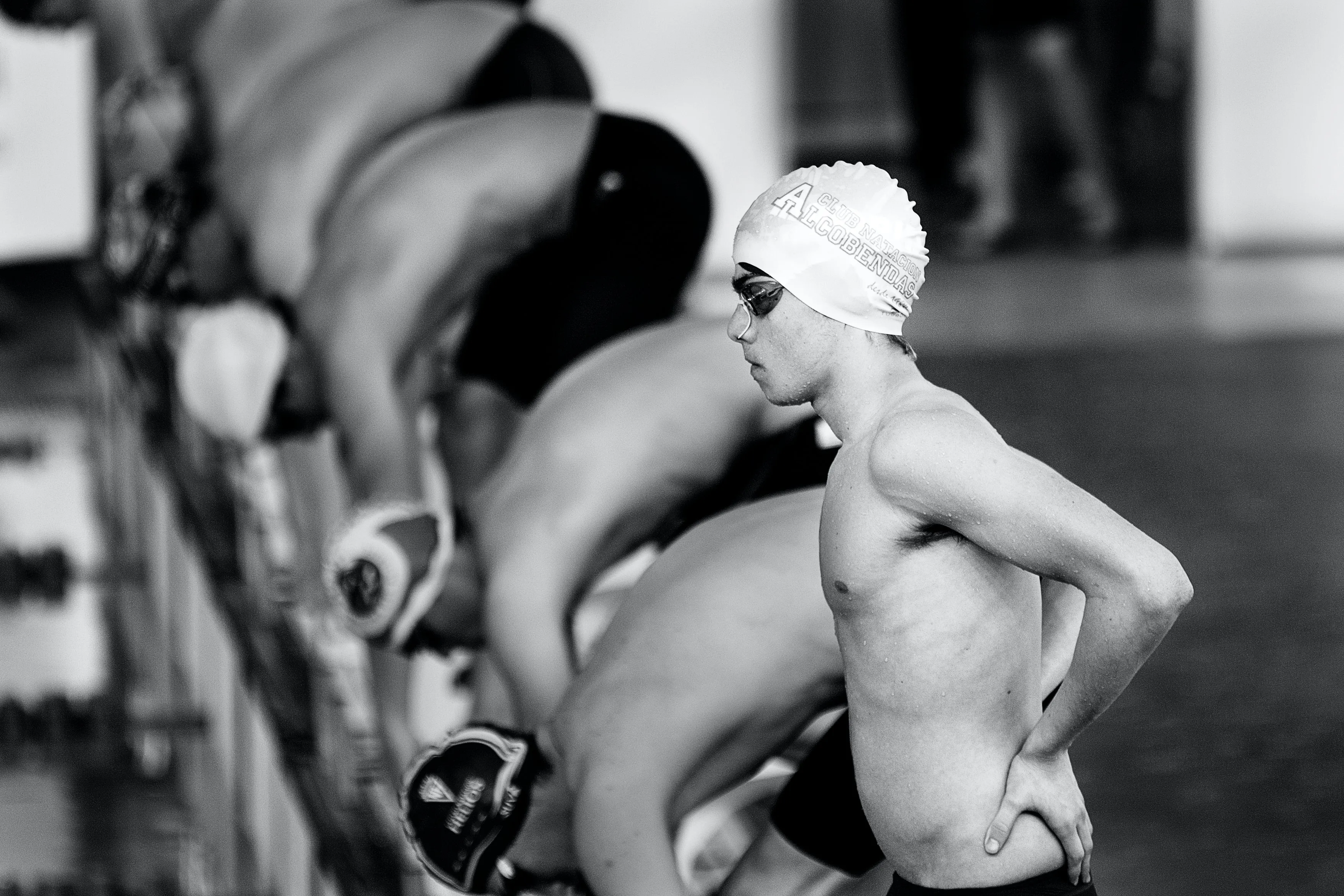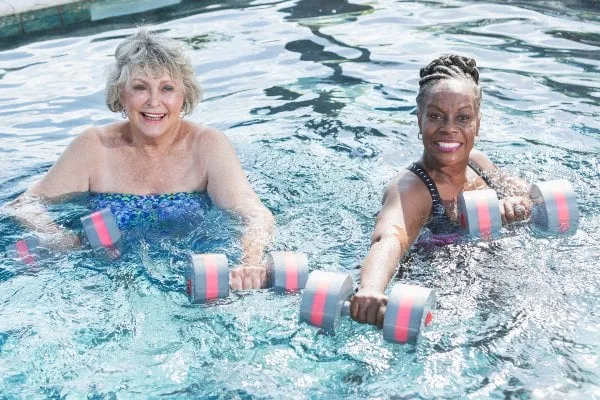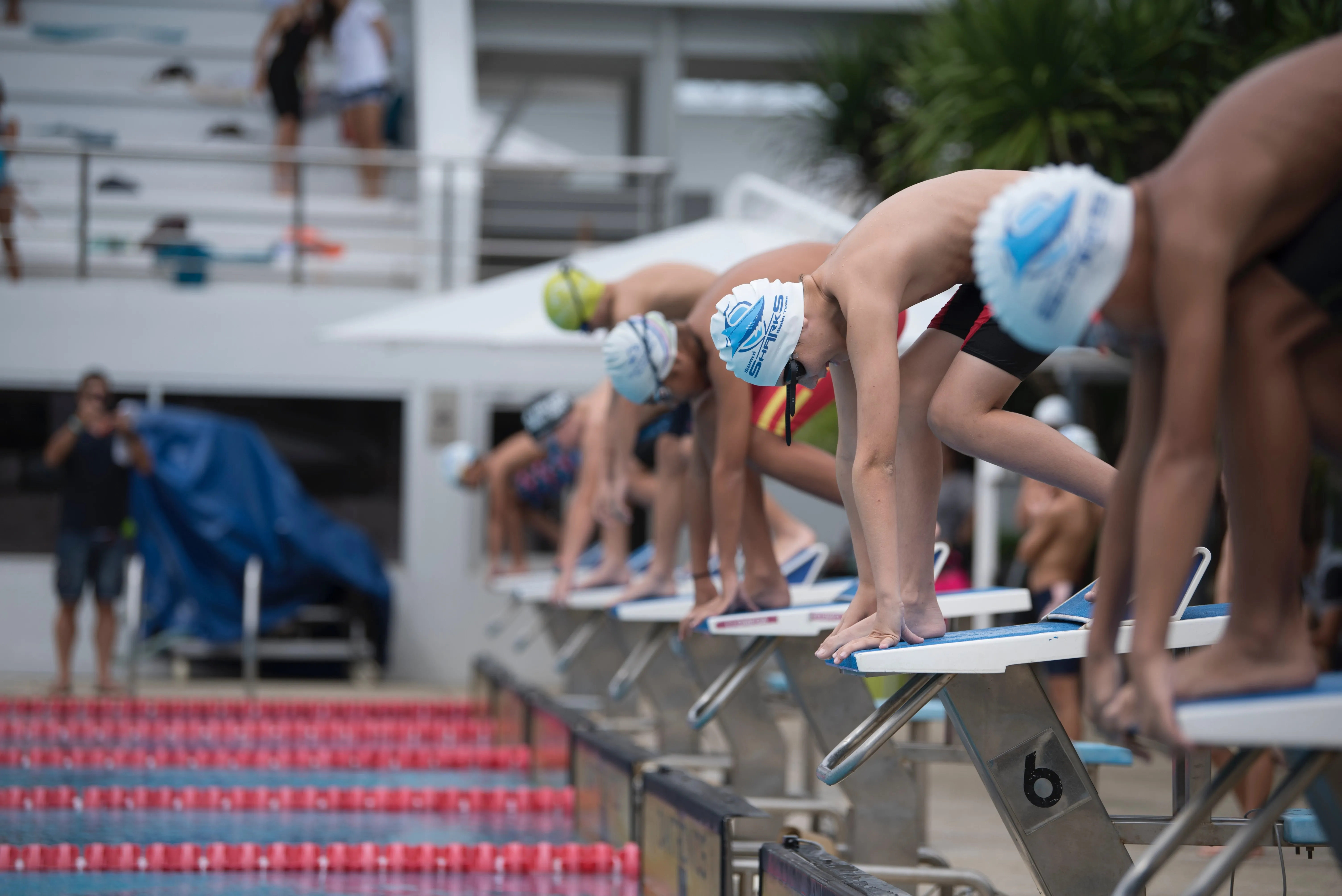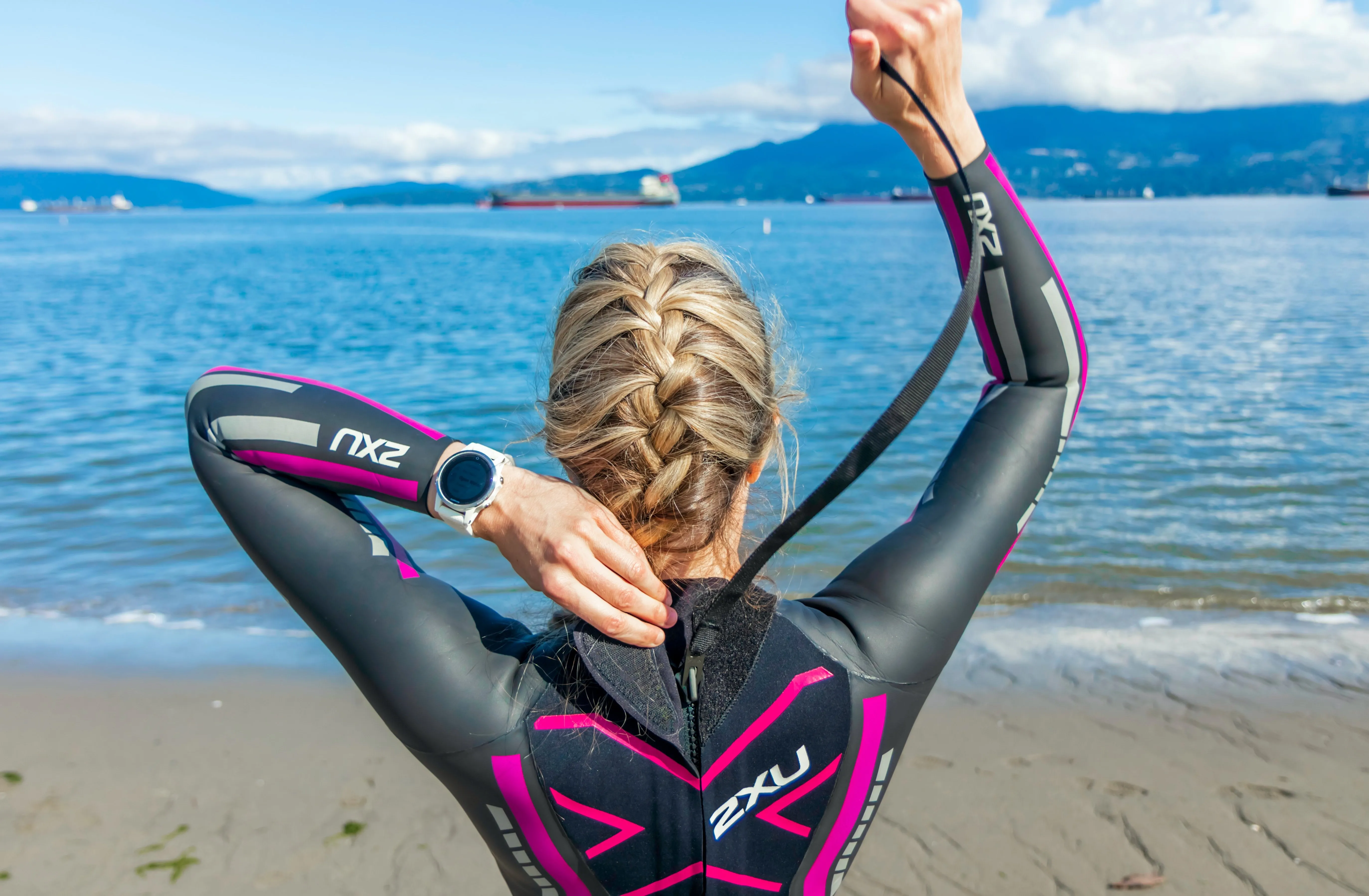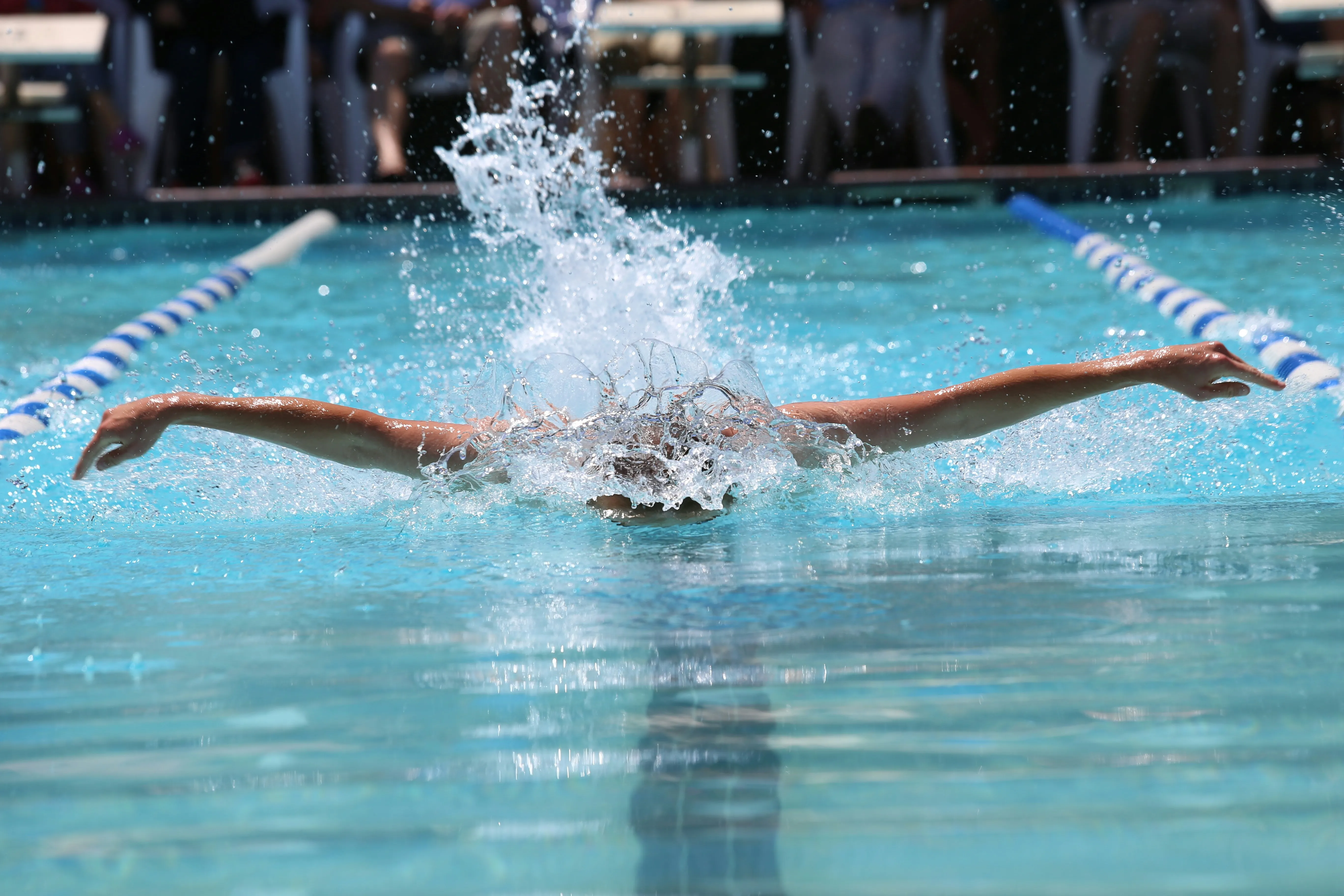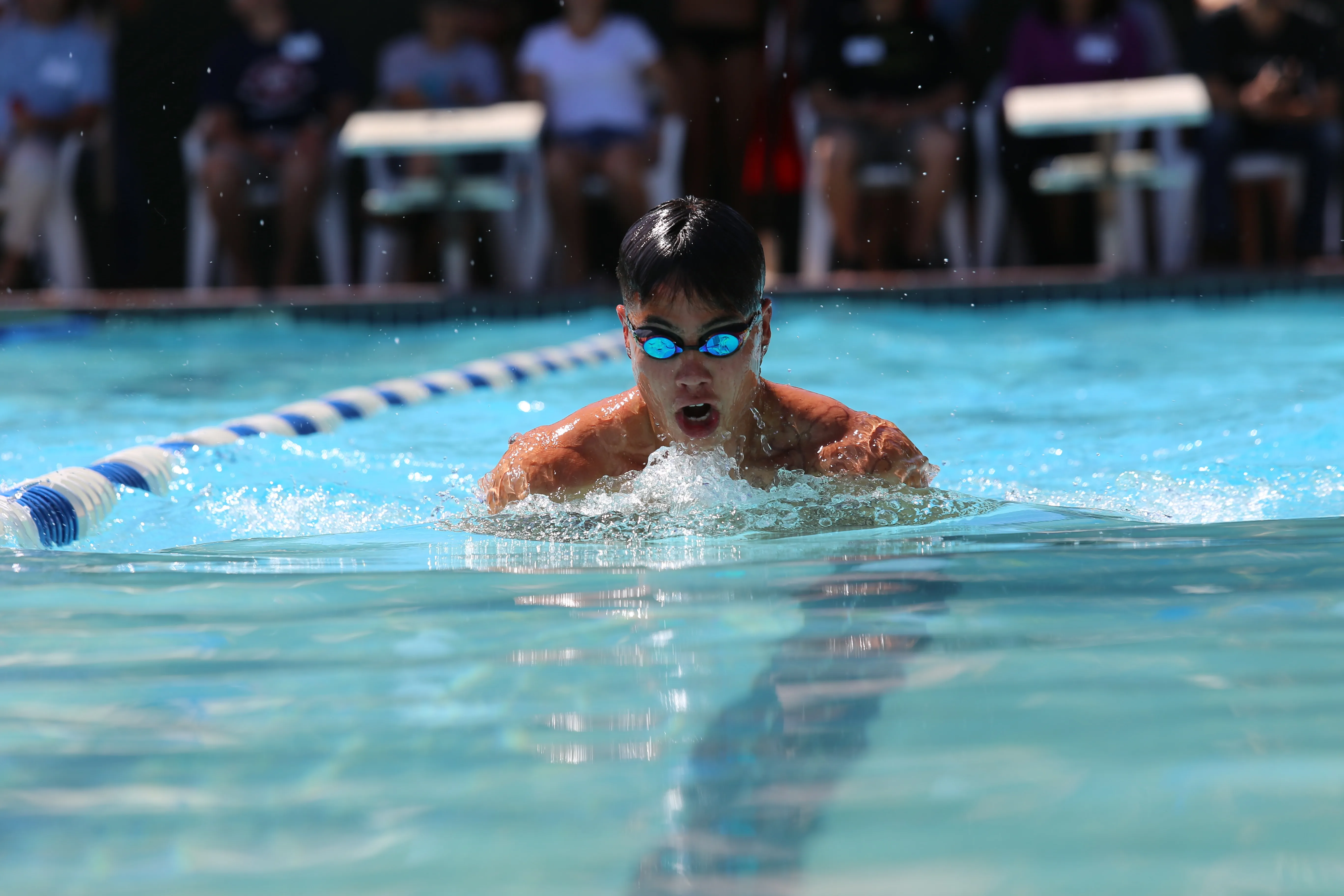Aqua-Fitness: Incorporating Swimming into Your Workout Routine

The pool isn’t just for laps! Aqua-fitness, or using water for exercise, can be a fun, challenging, and refreshing way to enhance your fitness regimen. Whether you're a seasoned swimmer looking for variation or a fitness enthusiast seeking a low-impact alternative, incorporating swimming into your workout routine can bring exciting benefits. This comprehensive guide will highlight different ways to use swimming for overall fitness.
Swimming for Fitness: The Benefits
Before diving into the various ways you can incorporate swimming into your workouts, let's look at why it’s an excellent choice for fitness:
1. Full-Body Workout: Swimming works all your major muscle groups, providing a balanced workout that improves strength and endurance.
2. Low Impact: The buoyancy of water means less stress on your joints, making swimming ideal for recovery days or for those with joint issues.
3. Cardiovascular Health: As an aerobic activity, swimming can significantly improve cardiovascular health and endurance.
4. Flexibility: Swimming involves a broad range of motion that helps to enhance flexibility.
Incorporating Swimming into Your Workout Routine
Here are different ways you can use swimming to improve overall fitness:
1. Swim Workouts
Dedicated swim workouts can be a fantastic way to boost cardiovascular fitness and muscular endurance. Here are some ideas:
Interval Training: After a warm-up, swim lengths at a high intensity, followed by rest periods.
Distance Swimming: Aim to swim a specific distance during your workout. Increase this over time to build endurance.
Stroke Variation: Mix up your strokes to challenge different muscle groups and keep your workouts interesting.
2. Aqua Aerobics
Aqua aerobics involves performing a variety of exercises in the water, typically in a group class led by an instructor. These exercises can be adapted to meet different fitness levels.
3. Water-Based Strength Training
You can perform strength training exercises in the water using water resistance or special aquatic weights. Squats, lunges, and bicep curls are just a few exercises you can do.
4. Active Recovery
Swimming can be an effective active recovery exercise. A gentle swim can help to loosen up muscles, increase blood flow, and hasten recovery.
5. Cross-Training
Swimming can complement your training in other sports by exercising different muscle groups, offering a cardio workout, and reducing the risk of overuse injuries.
Swimming deserves to be seen as more than just a leisure activity or a competitive sport. It’s a versatile fitness tool that can challenge you, restore you, and delight you in equal measure.
So, take the plunge and let the water add a new dimension to your fitness routine, a dimension where strength meets grace, where endurance meets buoyancy, and where every stroke, every kick, and every breath elevates your fitness journey.
As you dive into the exhilarating world of aqua-fitness, remember this: the pool is your gym, the water is your resistance, and your potential is as limitless as the ocean. Swim towards fitness, one stroke at a time!





